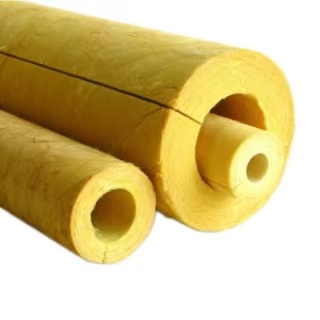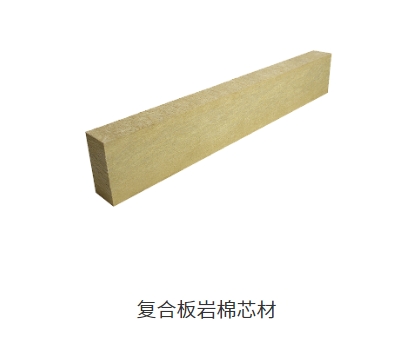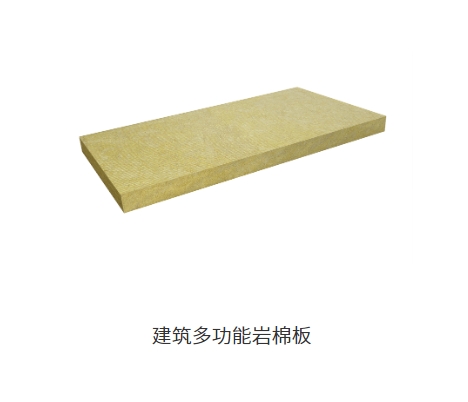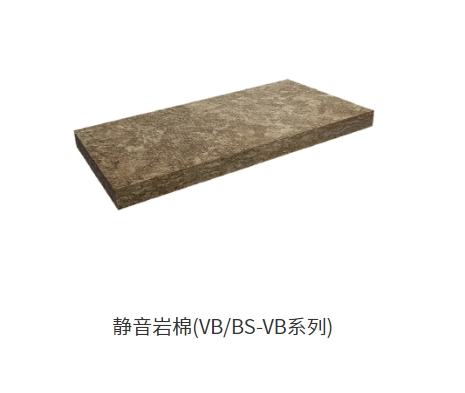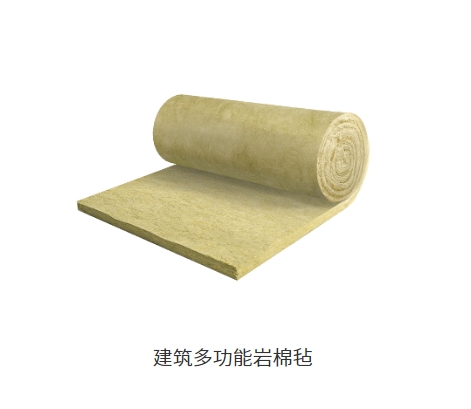Glass wool tube shell is a tubular insulation material mainly made of glass wool, which is spun into fibers by centrifugation, added with adhesive, and cured into shape. Its inner and outer surfaces are usually covered with aluminum foil, glass cloth or other veneers to enhance protection and construction convenience.
Main purpose:
In the field of architecture: insulation for HVAC pipelines, fire protection pipelines, and hot water pipelines.
Industrial sector: Insulation for equipment and pipelines in industries such as petroleum, chemical, and power (such as steam pipelines and storage tanks).
Special scenarios: Sound insulation and heat insulation of pipelines in ships and rail transit, and anti condensation of laboratory pipelines.
Core advantages:
Convenient construction: Prefabricated and directly fitted onto pipelines, saving labor and time.
Economical and durable: Long service life, low maintenance cost.
Strong adaptability: customizable with different thicknesses and diameters.
Energy saving and environmental protection: reduce heat loss, lower carbon emissions, and some materials can be recycled.
Standard specification range | ||
Bulk density (kg/m ³) | 32 40 48 64 80 96 | |
Thickness (mm) | customized | |
Length (mm) | 1000 | |
Note: Please feel free to inquire about the possibility of providing other specification requirements | ||
1. Thermal conductivity coefficient | ||
At an average temperature of 70 degrees Celsius | At an average temperature of 70 degrees Celsius | |
Bulk density (kg/m ³) Thermal conductivity (w/m ·℃) | 50 | 64 |
2. Usage temperature | ||
Bulk density (kg/m ³) | 50 | 64 |
Maximum operating temperature (℃) | 420 | 430 |
Safe operating temperature (℃) | 370 | 380 |
